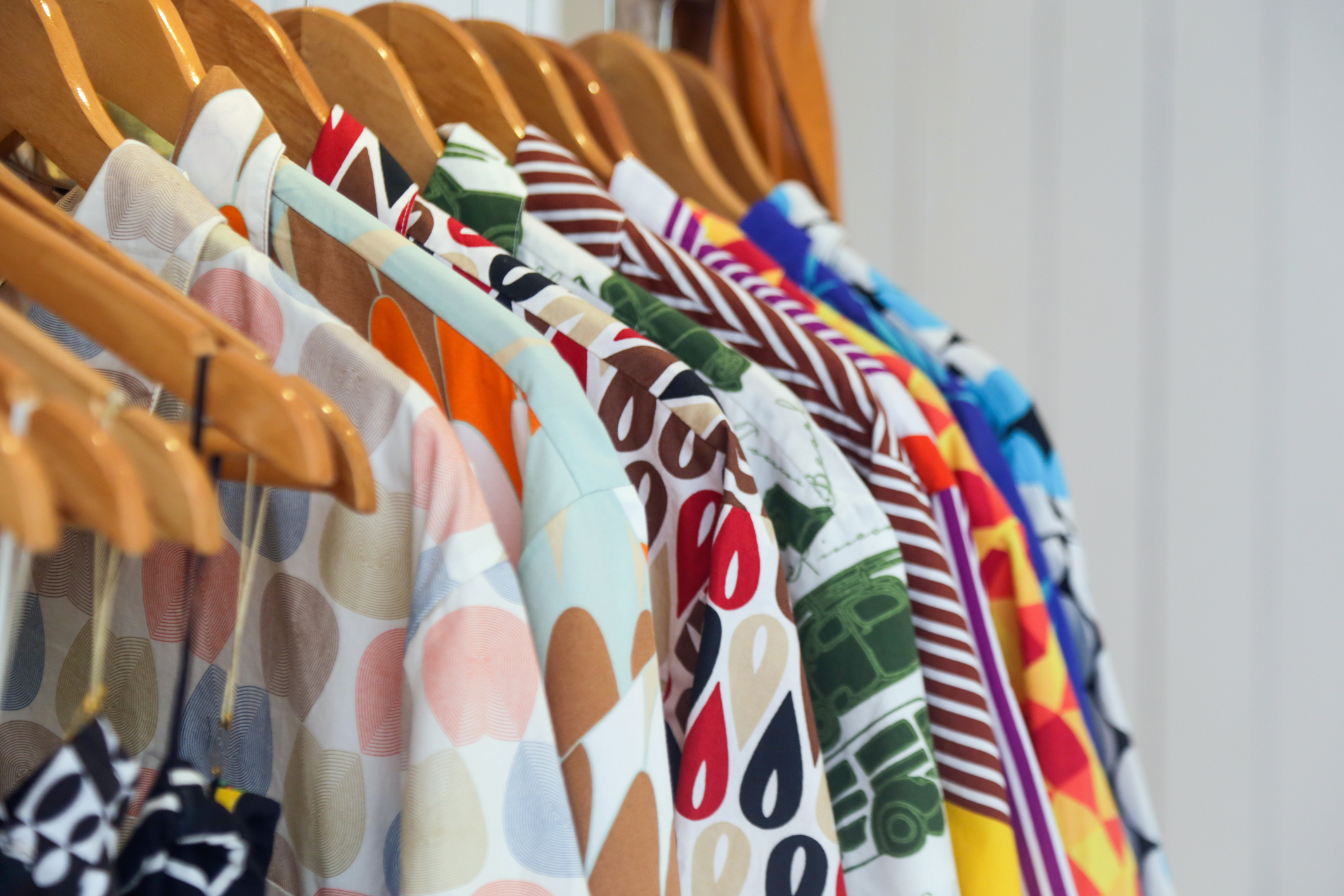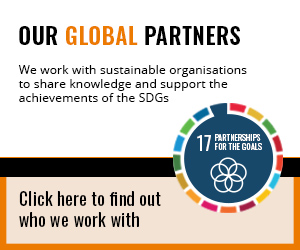The rapid rise of social media is accompanied by fears about how we look. This is especially true amongst my generation, on Instagram. For instance, it can feel like your fashion choices are under scrutiny.
This intense social surveillance can breed self-consciousness, which is causing some people to wear their clothes only once: “Why of course I can’t be seen in this outfit again, I’ve already posted it to all my followers!”
As my mum says to me, mid fashion-crisis: “Of course you can re-wear that, you’re not the Queen.” Maybe it is even time for Her Majesty to step in and rock the same look twice, in order to champion sustainability?
But I’ll start with a slightly more reachable audience for now: our readers. The quick turn over of the fashion industry for the sake of keeping up appearances totally neglects our environmental responsibilities.
Also described as fast fashion, the rate at which we buy and replace our items of clothing is unsustainable.
Although it is considerably cheaper to keep up with the latest trends by heading to high street stores, the environment is paying for it. Research carried out by the Ellen MacArthur foundation illustrates this.
In their report they say: “The current clothing system is extremely wasteful and polluting”, adding “It is estimated that more than half of fast fashion produced is disposed of in under a year”.
The research explains how the fashion industry is damaging our environment, including a build-up of microfibres in the oceans and incredibly high greenhouse gas emissions.
Worryingly, they warn: “Should growth continue as expected, total clothing sales would reach 160 million tonnes in 2050 … This would result in a substantial increase in the negative impacts of the industry”.
There is also a social aspect to striving for sustainable fashion, the research states, as there are many cases of child labour and dangerous working conditions in factories.
The Assistant Manager at charity shop Shelter Boutique in Highgate, Claire May, explained to me the importance of donating clothes instead of throwing them away, as an ethical and sustainable move.
We discussed the stigma around charity shops and wearing second hand clothes. Claire pointed out that charity shops are always increasing their standards, and offer a fantastic way of contributing to circular fashion.
Circular, rather than linear, fashion is a vision voiced by the research too. The report concludes: “A new textiles economy would be regenerative and restorative, phasing out the use of non-renewable resources”.
So, will you keep in mind the environment when wading through your wardrobe? It is time we all did.
Image courtesy of iStockPhoto.com






